We put this book together for people who hate to give up and who always think they can do things themselves. Its a foundation of real knowledge based on more than a hundred years of providing expertise for nearly every DIY project you may encounter in your life. A definitive guide to the most important tools you can own, this book will give you more than inspiration. It will give you confidence.
At a time when fewer and fewer people actually know how to make and do things, by picking up this book you have made a commitment to taking care of yourself. You want to handle the issues that arise with owning a car, a home, a lawn youre not ashamed of. And when you find something you dont know how to do, you want to learn.
There are big rewards to knowing not only how to attack what needs doing but also what tools will help you get the job done. Youll discover yourself turning to this book for everything. Theres something deeply satisfying about knowing you will be able to rise to the challenge of a leaky faucet, a decrepit front stoop, or a great tree without a tree house. Youre ready. Its time to get your tools in order.
Introduction
BEFORE YOU BEGIN
Its highly unlikely that this is the first page you turned to in this book. The other pages are a lot more fun, as is learning about the tools on those pages. For instance, do track saws cut as smoothly and accurately as the manufacturers claim? (They do. Theyre fantastic, and the plunging mechanism is very handy when you want to cut a hinged top to a window seat out of a single sheet of plywood.) Maybe youve flipped the pages searching for reciprocating saws and are hoping to see if theyve made any improvements on the classic you keep in the garage. (They have. You wont be disappointed.) Then, some of you might take an interest in learning about low-angle block planes. Theyre a surefire, low-tech tool that cant be beat.
One thing we should cop to right now: Even though this book is called The Ultimate Tool Book, this is still an abridged list. You can always use more tools. At least, you can always want more tools. But we do stand by this idea: In a lifetime of everyday projects, these hundred tools are the ones you really need.
Theres simply no way to include every tool you might ever find a need for. Weve left out niche tools (like a construction calculator, to help you lay out stairs or rafters quickly and with dead-on accuracy). You wont find a section on laser measurers or digital tapeseven though theyre cool and are a must-have for any gadgethead. Weve also neglected to talk about jacks or lifts of any kind. Nor will you find an oil filter wrench or feeler gauge for gapping spark plugs. Its not that these tools arent handy, but were focusing on setting a solid foundation of tools youll use frequently. For anything else, youll just need to make sure you have a good neighbor.
Before getting too far ahead of ourselves, weve got to consider a few things. You can probably recall the shop safety maxim Norm Abram repeated at the beginning of every episode of The New Yankee Workshop. To that end, weve compiled a list of safety equipment and other supplies youll need along with your new tools. Before you start on any project, be sure your workshop is stocked with these.
Safety Equipment
 FIRST AID KIT
FIRST AID KIT
This is one tool we hope youll never have to use but thats crucial to have nearby. You should have gauze, sterile bandages, adhesive bandages, hydrogen peroxide, tweezers, a magnifying glass, topical antibiotic ointment, tissues, cotton swabs, burn ointment, and some white medical tape.
 FIRE EXTINGUISHER
FIRE EXTINGUISHER
We hope you never have to use this tool, either, but it should be within reach at all times. Make sure your extinguisher is ABC rated and pressurized. If you ever do need to use it, aim it at the base of the flame and spray side to side to extinguish the fire. If you are working in a garage or basement shop, be sure to always have a clear evacuation plan in mind as well.
Supplies
 DUCT TAPE
DUCT TAPE
Theres a reason why one of our other books is titled When Duct Tape Just Isnt Enough. Theres so much you can do with it, and its great for temporary repairs, but its not a long-term fix.
 FIVE-GALLON BUCKET
FIVE-GALLON BUCKET
Not only is this a great tool tote, but it also doubles as a seat, a collection basin when you need to drain a plugged sink, and an impromptu stepladder.
 SANDPAPER
SANDPAPER
Youll want to keep several different grits and makes around. Garnet is soft and a terrific choice for final sanding on soft woods, but for metal, youll be better served grabbing a sheet of silicon carbide. When stripping layers of paint, a ceramic-tooth sandpaper will tear through old, hardened coats.
 GLUE
GLUE
Youll need adhesives to get some work done. While working with plumbing, the two-part primer and adhesive to run a PVC drain line is necessary. Type II carpenters glue is a nontoxic, inexpensive, weather-resistant, all-purpose wood glue. A bottle of superglue is terrific for some everyday repairs, with its quick-drying, superstrong hold. Superglue shouldnt be used on porous materials, since its absorbed too quickly. Gel-style superglues are easier to work with, because theyre thicker and theres less runoff. Its also easier to see exactly where the glue has been applied.
For many jobs, a polyurethane glue, like Gorilla Glue, will solve many of your problems; its extremely strong and sticks to a variety of surfaces. The caveats to polyurethane glue are that it can be fatal if swallowed, it will stain your skin, and its expansion rate is generally 3:1, which can be difficult to estimate. For some specialty items, youll find the manufacturers proprietary adhesives to be the best choice.
 To help glue last longer in the bottle, squeeze out all the air before sealing the cap.
To help glue last longer in the bottle, squeeze out all the air before sealing the cap.
 SPRAY LUBE
SPRAY LUBE
An assortment of spray lubricants should be in everyones toolbox. Some penetrate rust; others act as a general lubricant; some leave behind a dry film that resists accumulating dust and dirt. Choose the right ones for you.



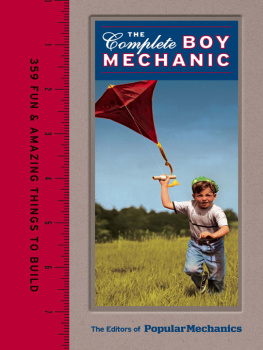
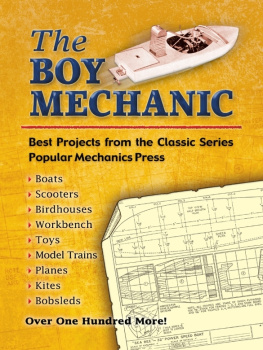

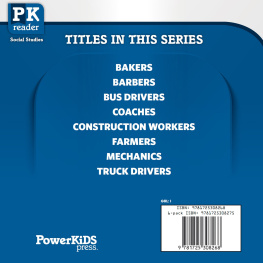
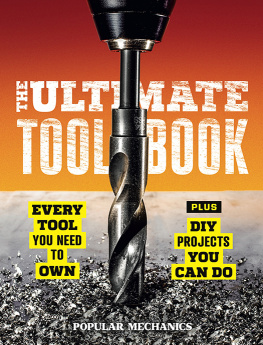
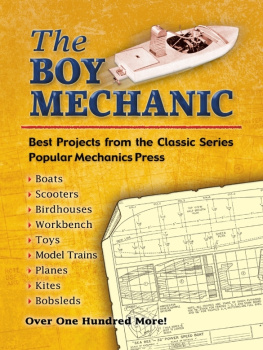
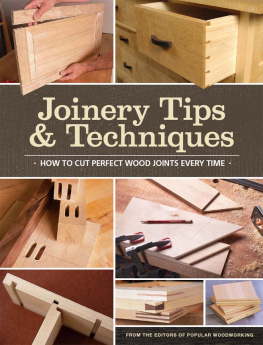
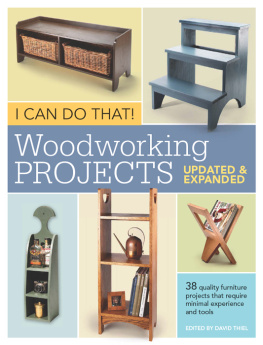
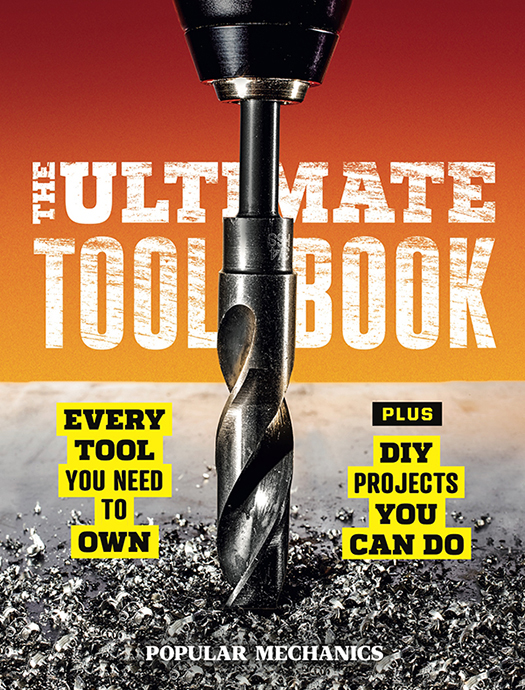


 FIRST AID KIT
FIRST AID KIT FIRE EXTINGUISHER
FIRE EXTINGUISHER DUCT TAPE
DUCT TAPE FIVE-GALLON BUCKET
FIVE-GALLON BUCKET SANDPAPER
SANDPAPER GLUE
GLUE To help glue last longer in the bottle, squeeze out all the air before sealing the cap.
To help glue last longer in the bottle, squeeze out all the air before sealing the cap. SPRAY LUBE
SPRAY LUBE